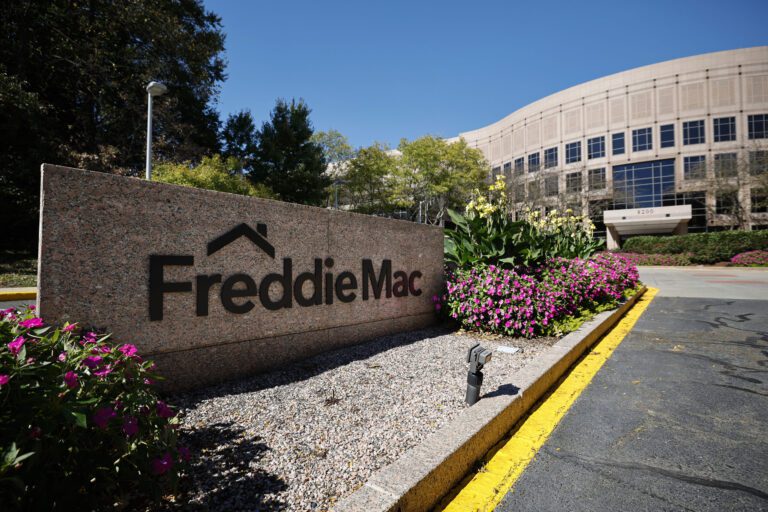Trump’s Vision for a Great American Mortgage Company: What You Need to Know
President Trump’s recent suggestions surrounding the potential establishment of a MAGA-inspired Great American Mortgage Company have left many in the housing and finance sectors with a blend of optimism and uncertainty. This proposal could have significant implications for Fannie Mae and Freddie Mac, the two major players that currently dominate the U.S. mortgage market.
A Step Towards IPO
According to a report from the Wall Street Journal, the Trump administration is preparing for an Initial Public Offering (IPO) later this year, aiming to sell off around $30 billion worth of stock—totaling 5% to 15% of a combined valuation of $500 billion for both mortgage giants. Officials are still evaluating whether to launch this offering as a combined package or separately.
Bill Pulte’s Support
Bill Pulte, head of the Federal Housing Finance Agency (FHFA), has expressed strong support for the timeline set by President Trump, signaling plans to move ahead with a public offering in November. However, details about the offering process remain unclear.
Understanding Fannie Mae and Freddie Mac
Fannie Mae, established in 1938, and Freddie Mac, founded in 1970, were created as government-sponsored enterprises (GSEs). While they are owned by private shareholders and run by private managers, they have traditionally enjoyed an “implicit guarantee” from the federal government to protect investors during downturns in the housing market.
The 2008 Crisis and Conservatorship
Both organizations fell under government control during the 2008 financial crisis, when they were placed into conservatorship, which has now lasted for 17 years. The idea was to stabilize the housing market through federal assistance.
The Risks of Government Guarantees
President Trump’s plan includes retaining the government’s implicit guarantees for these companies, a move that could raise concerns according to financial experts like Peter Schiff.
“Since Trump said Fannie and Freddie will be ‘privatized’ but keep their implicit government guarantee, it’s no longer implicit — it’s explicit,” Schiff cautioned, noting that this might lead to an increased moral hazard where investors rely on taxpayer bailouts.
Complexities Ahead: The Public Offering Challenge
Managing the Conservatorship
One of the main challenges facing this IPO is the complex legal and financial structure of Fannie Mae and Freddie Mac. Given that the government holds nearly all of their shares now, disentangling their operations from government oversight could be difficult.
- Concerns about Interest Rates: Moving these entities out of conservatorship and onto the public budget could result in higher interest rates and disrupt the bond market, potentially leading to downgrades from agencies like S&P.
Alternative Views
Ed Pinto, a former Fannie Mae executive, argues for a more scaled-back approach to the GSEs, noting that they should focus on owner-occupied loans instead of pursuing more extensive market control.
“No renter has ever been helped by anything Freddie and Fannie do,” Pinto said, suggesting a narrowing of their focus to more essential services.
Merging Operations: The Ackman Proposition
Billionaire investor Bill Ackman, who reportedly holds 10% of the common stock in Fannie and Freddie, advocates for the two agencies to merge before any trading begins. He believes that this could lead to operational efficiencies and lower mortgage rates for consumers.
Future Implications: The Role of Government
The dialogue around a potential public offering raises questions about the long-term implications of government involvement in the mortgage market.
- Potential Risks: The concern is that a single, merged entity could concentrate power and decision-making, leading to potential mismanagement in future administrations.
“If a progressive leader controls this entity, the possibilities are particularly concerning,” Pinto warned.
Conclusion
As discussions heat up around a potential public offering for Fannie Mae and Freddie Mac, the future remains unpredictable. Investors, policymakers, and homeowners alike will be closely watching how this unfolds.
For more detailed analyses on the implications of government-controlled mortgage entities, explore resources available on financial news platforms like Bloomberg and Reuters.
This article has outlined the complexities surrounding Trump’s vision for a new mortgage entity. By understanding these dynamics, stakeholders can better navigate the evolving landscape of the U.S. housing finance market.


